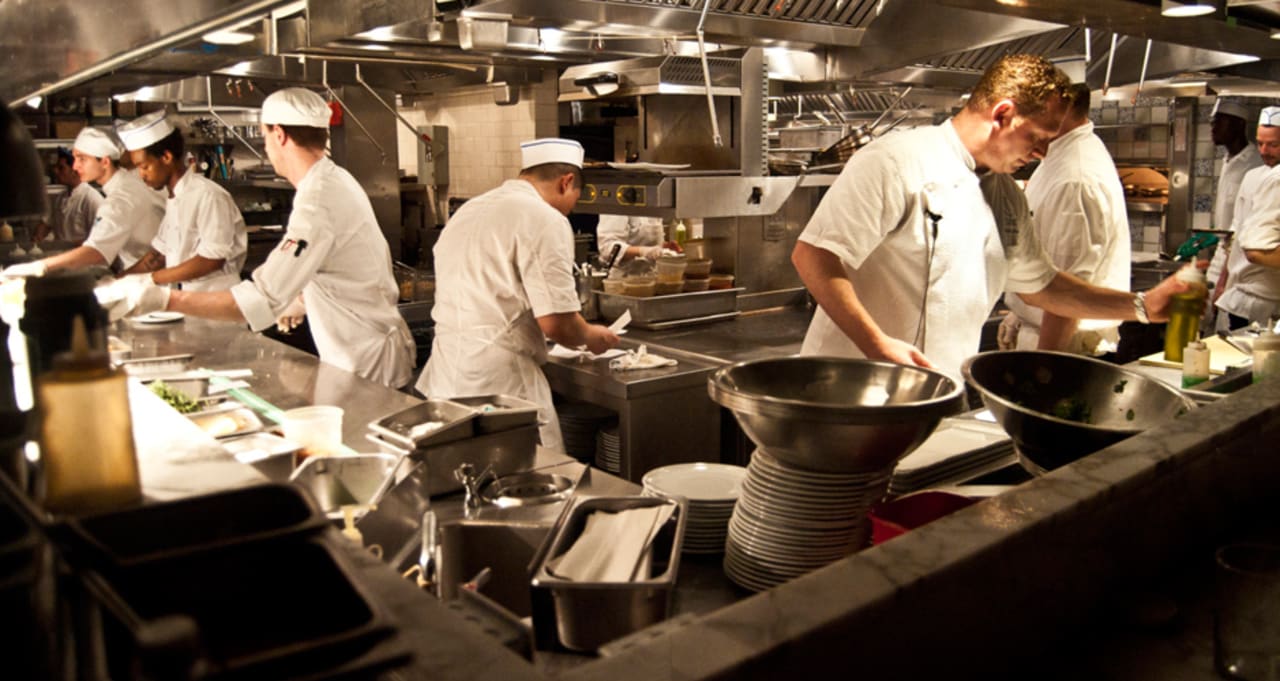
My last article discussed the importance cooking skills 101. I also explained how Chef de Cuisine Joey Delago shares each task and associated skill in his class. I discussed the task-centred categories of cooking skills and their applications, including Activating yeast and making stocks. These skills are important for any cook. A list can help to decide which skills to focus on and which ones not. In this article I will talk about the skills you should acquire before you embark on your next culinary adventure.
Chef de Cuisine Joey DeLago's cooking skills 101 class
Chef de Cuisine Joey DeLago's cooking skills 101 class can help you learn the basics of cooking. This hands-on class covers the essential culinary skills that you need to prepare a multi-course meal. Joey will offer tips and tricks on how to plan, prep, time, present, and more. You'll also be able share your completed meal with other home chef!
Cooking skills that are task-oriented
The Food Agency defines cooking as a collection of knowledge, skills and practices that promote a healthy diet. This framework acknowledges that many barriers to a healthy diet lie in the environment, but it focuses on promoting food skills by identifying appropriate measures. These measures should be clear and easy to comprehend, linked to other domains, applicable to a wide range sociodemographic levels, and easily applied. These four categories were created to address the most pressing issues in food skills.

Activating yeast
If you use yeast in your cooking, you'll need to know how to activate it. To activate your yeast, you can heat tap water and run hot water through it. Sometimes, you might need to add sugar or water. Here are some tips to help you activate your yeast. It's ready to use once the yeast has reached a bubbly stage. Cooking is the key to baking success.
Stocktaking
Stocks can add flavor to your meals and provide depth to the dish. Stocks can be made from vegetables, meat, or fish and can also have Western or Asian origins. You can use bottled water to make your own stock, but you may want to try using filtered water found at the supermarket. There are many different types of stock recipes available, and it is important to follow a few basic guidelines to ensure that your stock is as flavourful as possible.
Making whipped cream
Whipped cream is a delicious way to top a cake or dessert. It's easy to make, but there are some things to remember when making this classic dessert. Although it appears to be slightly melted, it is actually quite different. Whipping cream should not have a stiff consistency. Instead, it should have a soft, fluffy peak that sticks to your whisk but doesn't melt right away. You can also make soft peaks by beating the cream with a spoon until it holds its shape and does not slack off.

Melting chocolate
Learning how to melt the chocolate is a must-have skill if you want to create amazing desserts. This is a complicated task. Here are some tips to help make the process easier. You must first know the right technique. There are two methods to melt chocolate. The microwave and double boiler methods. Double boiler refers to a heatproof container or pan with a glass- or stainless-steel-bottom that is placed over a pot of simmering, boiling water. This method should not be used quickly and the water should not get into the bowl.
FAQ
What are the advantages of using a slow cooker to cook?
Slow cookers can be very helpful because you can prepare delicious meals quickly. Slow cooker recipes often have a lower oil and fat content than traditional recipes. Also, slow cooker recipes are easy to use because they do all the work while you sleep.
Are there any requirements to become a chef?
No. No. Many chefs began their careers learning by themselves. Some even went to culinary schools to gain practical experience. But most chefs prefer culinary school as it offers them more opportunities for learning and growth. Culinary schools offer hands-on training which allows students to improve their skills and knowledge of cooking.
What is the best career path for someone who wants to be a chef? How can I start my career as a chef?
You should start as an apprentice if you are interested in becoming chef. Apprenticeships are a way to earn a living while you learn. After completing your apprenticeship, you can apply for a position as a sous chef. Sous chefs are responsible for supervising cooks and helping them prepare salads or desserts. They oversee all aspects of the restaurant's operation.
Do I need any special equipment to cook?
It doesn't take any special equipment or tools to learn to cook. The right tools can make cooking much easier. You could, for example, use a spoon to make pasta or a whisk to whip the egg whites into stiff peaks. You can make cooking more enjoyable and easier by having the right tools.
How do I learn about cooking and baking?
There are numerous cooking classes offered across the country. Many schools offer courses in baking, pastry, and wine tasting. You can take a class at your local vocational school or community college if you are interested in learning more about cooking.
Are there any ingredients I can buy to cook?
There is no need to purchase all the ingredients. Premade sauces can be found in most grocery stores. Premade meals are an option if you're looking for a way to save some money.
How do I motivate to cook?
Sharing meals with family and friends is the best part of cooking. However, cooking for yourself is much easier than cooking for others. Try something new if you want to feel motivated to cook. You will be able to learn new techniques and ingredients. It's also possible to use recipes from other cultures in order to broaden your culinary knowledge.
Statistics
- You'll be amazed that over 90% of CIA students receive scholarships and grants to finish their culinary studies. (ischoolconnect.com)
- The median pay for a chef or head cook is $53,380 per year or $25.66/hour, according to the U.S. Bureau of Labor Statistics (BLS). (learnhowtobecome.org)
- In the United States, the category is estimated at $23.2 billion annually and is growing faster than the market. (washingtonpost.com)
External Links
How To
How to make the perfect omelet
Omelets are my favorite breakfast dish. But how do you create them perfectly? Many different recipes and methods have failed to work for me. So today, I want to share some tips and tricks with you so you can make your own delicious and fluffy omelets every morning.
First, eggs can be very temperamental ingredients for making omelets. It is important that eggs are fresh from an organic market and kept cool until used. If you don't keep them cold enough, the whites won't form properly, and the yolks will break down too much and become runny. This makes your omelets look weirdly colored. If you want to make omelets right away, it's best not to use eggs that are too cold.
You might also try separating the egg before adding to the pan. You don't want any white to get mixed up with the yolk because this could cause the omelet to curdle.
You could end up burning the bottom half of the egg if the egg is added directly to the heat source. Instead, microwave the egg for 10 seconds before adding it to the pan. The microwave heat cooks the eggs just right without overcooking them.
Next, let us talk about how to mix the eggs. You want to mix the eggs thoroughly before you add them. You can do this by turning the bowl of your mixer upside down. Then, vigorously shake the bowl. This allows the air to be whipped and the egg to be mixed thoroughly.
Now it's time to have fun: pour the milk into the mixture. First, pour half of the milk into the beaten eggs and then fold the eggs gently into the remaining milk. Do not be alarmed if there are still egg streaks visible. Once the omelet flips, these streaks will disappear.
After you have folded the eggs, heat the oil in a pan over medium heat. Once the oil has started to sizzle, turn the heat down to low. Once the oil begins to heat, add 1/4 cup butter and swirl the pan to coat it. Now carefully crack open the lid of the pan and sprinkle salt into the pan. Salt will prevent the omelet sticking to the pan.
Once the omelet has formed completely, cover the pan and let it set for a few minutes. Flip the omelet over using a spatula or flip the pan upside down. Cook the opposite side for another minute. Serve the omelet immediately by removing it from the pan.
This recipe is best when used with whole milk. But, you can use skimmed milk as well.